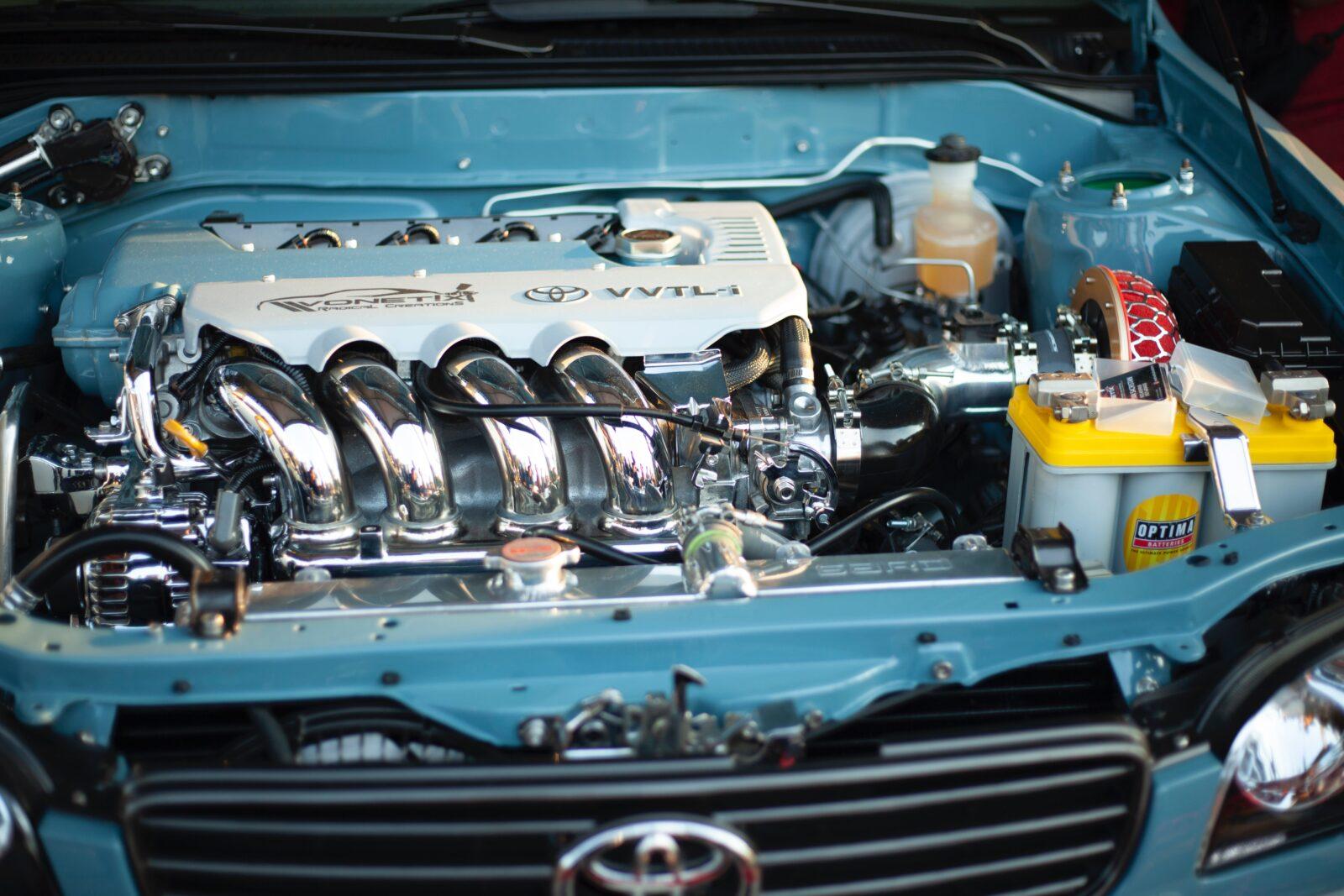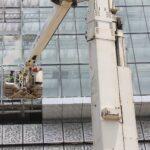In the fast-paced world of technology, precision acts as the cornerstone of innovation. Every nanometer and microsecond counts, shaping the future with meticulous care. As we delve into the intricate dance of bits and bytes, the importance of monitoring and controlling environmental variables skyrockets, particularly in the realms of data centers and intricate electronic systems. Here, the unsung heroes, airflow sensors, emerge as pivotal players, ensuring that our digital world runs like a well-oiled machine.
Understanding Airflow Sensors in the Digital Age
In the ever-evolving landscape of technology, where the boundaries of possibility are constantly being redrawn, the minutiae often make the mightiest waves. Amidst the thunderous strides in computing power and the dazzling advances in software. It’s the silent sentinels of hardware that ensure the reliability and efficiency of our digital dominions. Among these, airflow sensors emerge as critical components. Often overlooked yet indispensable in maintaining the delicate balance between power and performance. As we embark on a journey through the corridors of cutting-edge technology, understanding the role of these unsung heroes provides invaluable insights into the intricate dance of innovation.
The Heartbeat of Technology: Airflow Sensors
Airflow sensors stand at the forefront of this technological ballet, acting as the guardians of efficiency and reliability. These devices, far from being mere components, play a crucial role in optimizing the performance of electronic systems. They monitor the flow of air with precision, ensuring that cooling mechanisms operate at peak efficiency. This vigilance prevents overheating and safeguards the delicate electronic innards of our most prized technologies. In essence, airflow sensors act as the pulse monitors of electronic systems. Dictating the rhythm of cooling fans and ensuring that everything runs smoothly and sustainably.
Beyond Cooling: The Versatile Applications of Airflow Monitoring
Yet, the utility of these sensors stretches far beyond the confines of cooling systems. They find their place in a myriad of applications. From enhancing the aerodynamics of high-speed vehicles to fine-tuning the environmental conditions in smart buildings. Each application leverages the precision of airflow sensors to achieve optimal performance and efficiency. In automotive engineering, for instance, they help sculpt vehicles that slice through the air with minimal resistance, boosting fuel efficiency and performance. Meanwhile, in smart buildings, they contribute to creating environments that not only comfort but also conserve, balancing air quality and energy consumption with an almost sentient awareness.
The Future is Now: Embracing the Potential of Airflow Sensing
As we stand on the brink of technological revolutions, the potential of airflow sensors in emerging technologies becomes even more pronounced. In the realms of IoT and smart cities, these sensors serve as the neural points, collecting and interpreting data to make our living spaces more responsive and intuitive. They are the silent witnesses to our quest for sustainability, enabling systems that react to our needs while minimizing their environmental footprint. The future, as it unfolds, will undoubtedly see these sensors becoming even more integral to our technological ecosystem, driving innovations that are as sustainable as they are groundbreaking.
The fabric of modern technology
In sum, the narrative of airflow sensors weaves through the fabric of modern technology, underpinning advancements with their silent yet pivotal contributions. They stand as testaments to the importance of precision and control. Reminding us that in the grand tapestry of innovation, every detail counts. As we march forward, these sensors will continue to play a key role, shaping a future where technology not only excels but also harmonizes with the world around it.
Photo Credit:
Pexels.com – Daniel Cassey Pahati



